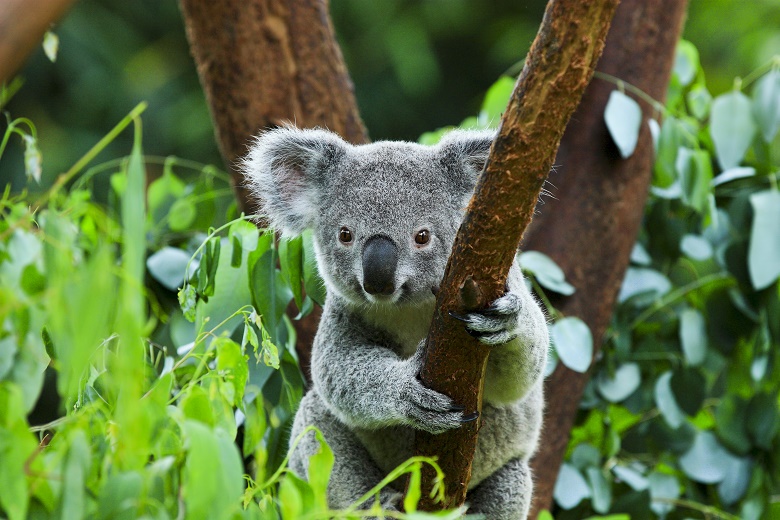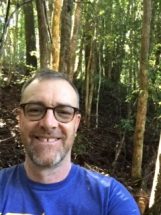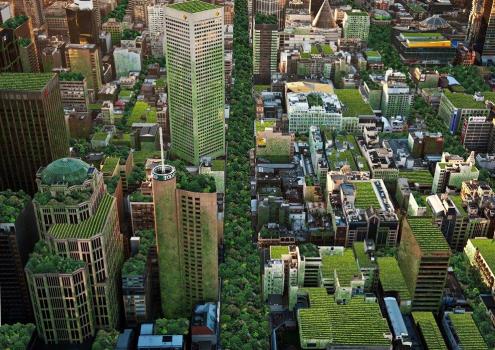
Environmentalists and wildlife experts have strengthened calls for the establishment of a koala national park after the recent bushfires devastated koala populations along eastern Australia.
Tens of thousands of koalas are believed to have perished in the fires, according to wildlife experts. Many koala colonies in affected areas are now considered “functionally extinct”, and there are concerns about the ability of the population to recover in the long term.

A proposal to establish the Great Koala National Park in the Coffs Harbour hinterland spearheaded by the National Parks Association of NSW was put forward by conservationists six years ago, but the government has yet to take action.
The proposal requests that 175,000 hectares of state forests be added to existing protected areas to form a 315,000 hectares reserve.
The proposed koala park would protect the koala population against logging laws that could destroy their habitats.
NPA Coffs Coast branch president Kevin Evans says the NSW government has not had a good record of protecting the environment.
“Now in their third term, we have seen a slow pace in the establishment of new protected areas in NSW. The only ones that have been protected have been quite small,” he told Government News.
“We are calling on the federal government to assist the state government to buy out the remaining interests in logging in wood supply agreements in this area,” he said.
The area around Bellingen, which sits within the Coffs Harbour hinterland, was largely untouched by the recent bushfires, and has a significantly healthy population of koalas, Mr Evans says.
But with koala populations in the state’s south decimated by the bushfires, the proposed park would be an important haven for remaining ones.
“We know now that the federal minister has said that 30 per cent of NSW koalas have succumbed to the fires, so that puts more pressure on state and federal governments to protect this habitat so we can see koalas persist into the future and not become extinct by 2050 in NSW, which many ecologists are predicting,” Mr Evans said.
“The government needs to recognise that this area is really one of the last remaining intact forest systems where we can actually stand a chance of protecting koalas.”
However, a northern koala sanctuary wouldn’t be able to support injured or displaced koalas from bushfire zones from the state’s south.
“The problem with koala translocation is they’re a highly stressed animal whose gut is quite familiar with the eucalyptus within a particular patch because that’s where they’ve grown,” Mr Evans says.
“So we know you can lose more than 75 per cent of translocated koalas from one area to another just because they can’t make the adjustment with the changed eucalyptus leaves because not all eucalypts are the same.”
Placing koalas with other koalas and animals also poses biosecurity concerns, such as the spread of chlamydia to the existing population, he says.
Deadly impact of bushfires
Mr Evans says the recent bushfires have had a “disastrous” impact on Australia’s koala population.
“Because it’s been very fast, hot fires, koalas, and other species, had little chance of surviving in many of those hot forest fires,” he said.
Even in situations where fires have missed a section of the forest and one or two koalas have remained, they remain under stress because of the loss of food sources and by being separated from other koalas.

“So you end up with functionally extinct populations of koalas because they’ve lost all those core features of what they need to survive – landscape that’s intact, and providing food that enables them to be healthy,” he said.
Dr Kara Youngentob a wildlife ecologist in the Research School of Biology at ANU says it’s too soon to say how many koalas were lost in the fires, but estimates “it would probably be in the tens of thousands or more”.
She says the bushfires have strengthened the case for a Great Koala National Park and a Great Forests National Park.
“With the fires this summer, I feel like we are at a tipping point for a lot of our ecological communities. We have to stop business as usual and think hard and deep about our future.
“If we want koalas in it … the Koala National Park is definitely a much needed strep in the right direction.”
Royal commission into bushfires
Mr Evans says rather than putting a resources in to a royal commission into the bushfires, the government should be concentrating on more immediate problems, such as protecting the koala population.
“We are concerned that a royal commission will push decisions out into the future…that are well and truly needed, that ministers are capable and the government is capable of doing now,” he says.
“The governments know what’s needed, and what’s needed is to end native forest logging, declare a protected area for koalas (and) immediately build a reserve system that is large enough to be able to do the job of protecting koalas forever in NSW.”
Comment has been sought from the NSW government.
Comment below to have your say on this story.
If you have a news story or tip-off, get in touch at editorial@governmentnews.com.au.
Sign up to the Government News newsletter

We need at least 4 Koala Parks if not more… ( 6-7 would make more sense )
There are some Koalas on French Island Victoria; a smalll colony also Bombala / Bega region NSW.
Of course apart from Port Macquarie area we know many Koalas were lost on Kangaroo Island also.
Coffs Harbour and Port Macquarie regions and think in region of Tamborine Mt West of the Gold Coast Qld all have Koala populations.
Dubbo Zoo and Little River area Zoos could have suitable forests planted to accomodate a breeding colony situation with suitable gum tree varieties to feed on.
The Koala is a much loved Australian icon loved by locals and tourists from overseas.